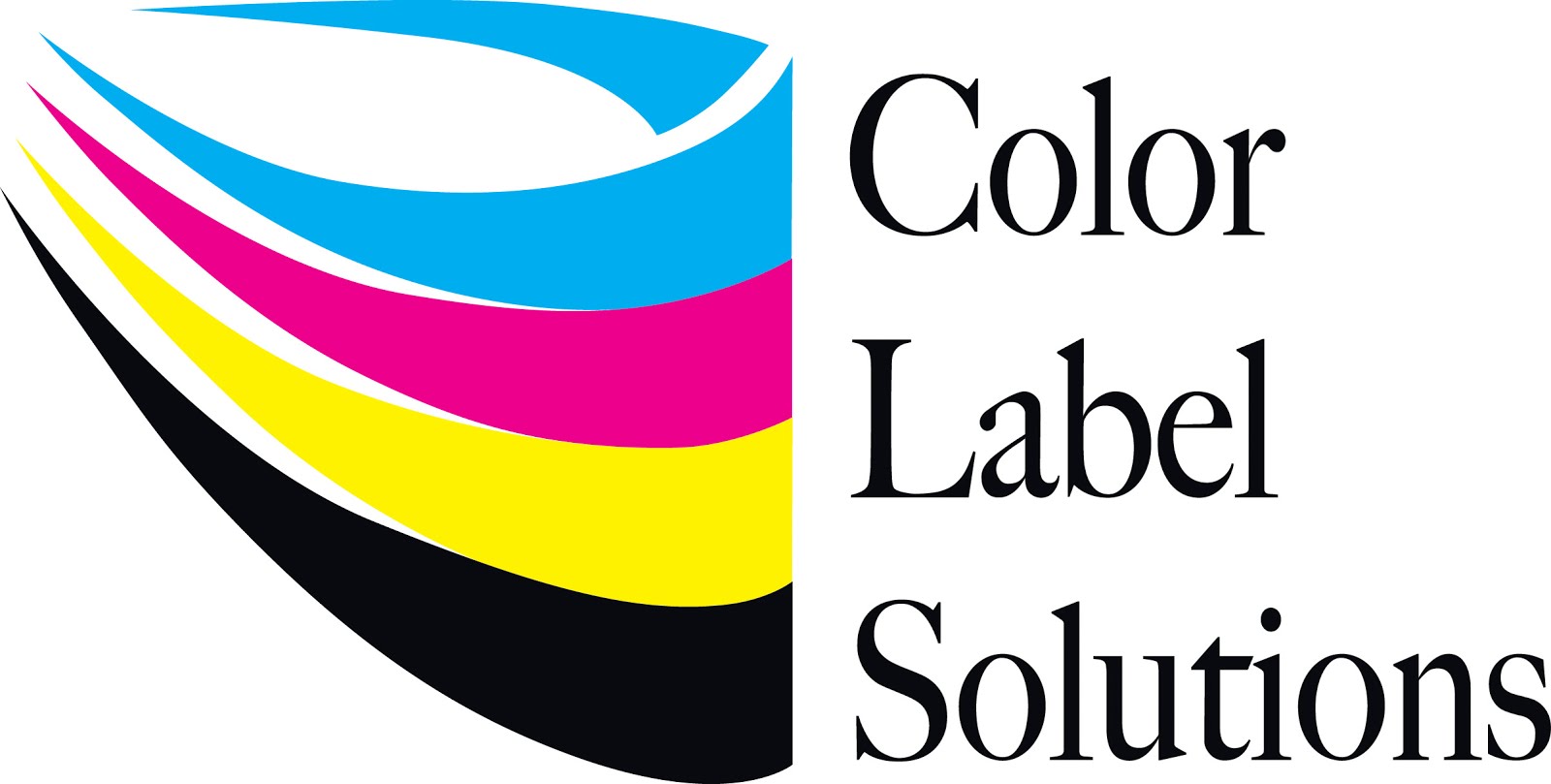As the label business accounts for only a minor portion of the printing
business, I did not see a lot of exhibitors featuring print on-demand
color. However, I did see two
technologies that I would like to share with each of you; and get your feedback
on the potential fit in your business.
First, do you purchase printed corrugated boxes? If so, do you purchase a large number of
different types and sizes of printed boxes?
If you answer yes, we may have a great, new solution: Print on-demand color corrugated; the Excelagraphix
4200 digital package printer.
The
Excelagraphix 4200 prints corrugated boxes on demand. Although disappointed that I forgot to take a
video, you might find this video of interest: https://www.youtube.com/watch?v=26T7m5xYvz4
The Excelagraphix 4200 prints folded and glued boxes up to 5/8” thick at
a rate of over 400 per hour using technology from Memjet. The printer can use boxes from 18” up to 42”
wide and from 12” up to 8’ long. In
addition, you can print on both sides of the corrugated offering great promotion
ideas to turn your boxes into powerful marketing tools.
More interesting to me is that the printer includes technology to
process your artwork making it easy to print; and reprint boxes. Further, the on-board computer makes it easy
to monitor and maintain the health of the printer as well as provide job
costing analysis. Overall, I believe print on-demand color corrugated printing is a great solution.
One potential watchout from this technology; the price seems high at $110,000. If you assume the printer lasts 5 years, runs
240 days/year and 8 hours/day at ½ the estimated top speed of 416/hour, the
fixed cost of the printer equals $0.055/carton.
At this time, I don’t have a good idea of the ink, maintenance or
operator costs to provide an overall cost estimate. However, I don’t believe the
ink and maintenance costs would add a significant higher cost/box. Bottom line; you probably can get boxes
printed in color and on-demand for approximately $0.10. But for $0.10, you can print one at a time with no minimum orders. This tradeoff seems of great value.
In addition to the price, print durability could be a second
issue. The dye-based inks of the Memjet
printer are notorious for their lack of durability. However, most companies understand the
importance of keeping corrugated dry.
If you plan to keep corrugated dry, then the Memjet ink should work in
this application.
Also, the Memjet printheads have over 70,000 nozzles. With 5 printheads per machine, the
Excelagraphix 4200 has over 350,000 nozzles that could be plugged because of dust
coming from the corrugated. This dust
may slow down your print speeds and increase your maintenance costs. But I do believe Xante has found a way to minimize this potential issue.
You might find some of my other posts on other Memjet printers of
interest:
Overall, I’m excited about the potential of printing corrugated boxes
on demand. If you use a large number of
printed boxes in your operation, contact me to discuss how the Excelagrphix
4200 could fit your business.
In addition to the potential of print on-demand corrugated boxes, I saw
the prototype of the Okidata 5 color label printer:
This laser-based solution offers white toner, which could fit companies wanting to
highlight colors by first adding white to the label; or adding increasing color “depth”
or gamut by adding white toner. I’m
curious about the potential interest of adding white to basic white labels.
Also, I learned this label printer reduces the amount of label lost
compared to other laser printer options.
As all laser printers use a fuser to “fuse” the toner to the media,
labels must travel the length of the printer to complete the process. This length of media becomes wasted material
on the next print job. Okidata has
stated they have reduced the amount of this wasted material.
In addition, Okidata says the laser printer will have a wider range of
available media; at a lower cost. Hopefully, these lower costs will more than
offset the additional costs of laser toner. Learn about the differences in laser toner cost here:
If you could use white color on your labels, please let me know.
Overall, Graph Expo was not too exciting for the label market. But I did find these two innovations of
interest. I appreciate your feedback on
how these innovations would fit your business.
Guy Mikel
855-962-7670





No comments:
Post a Comment